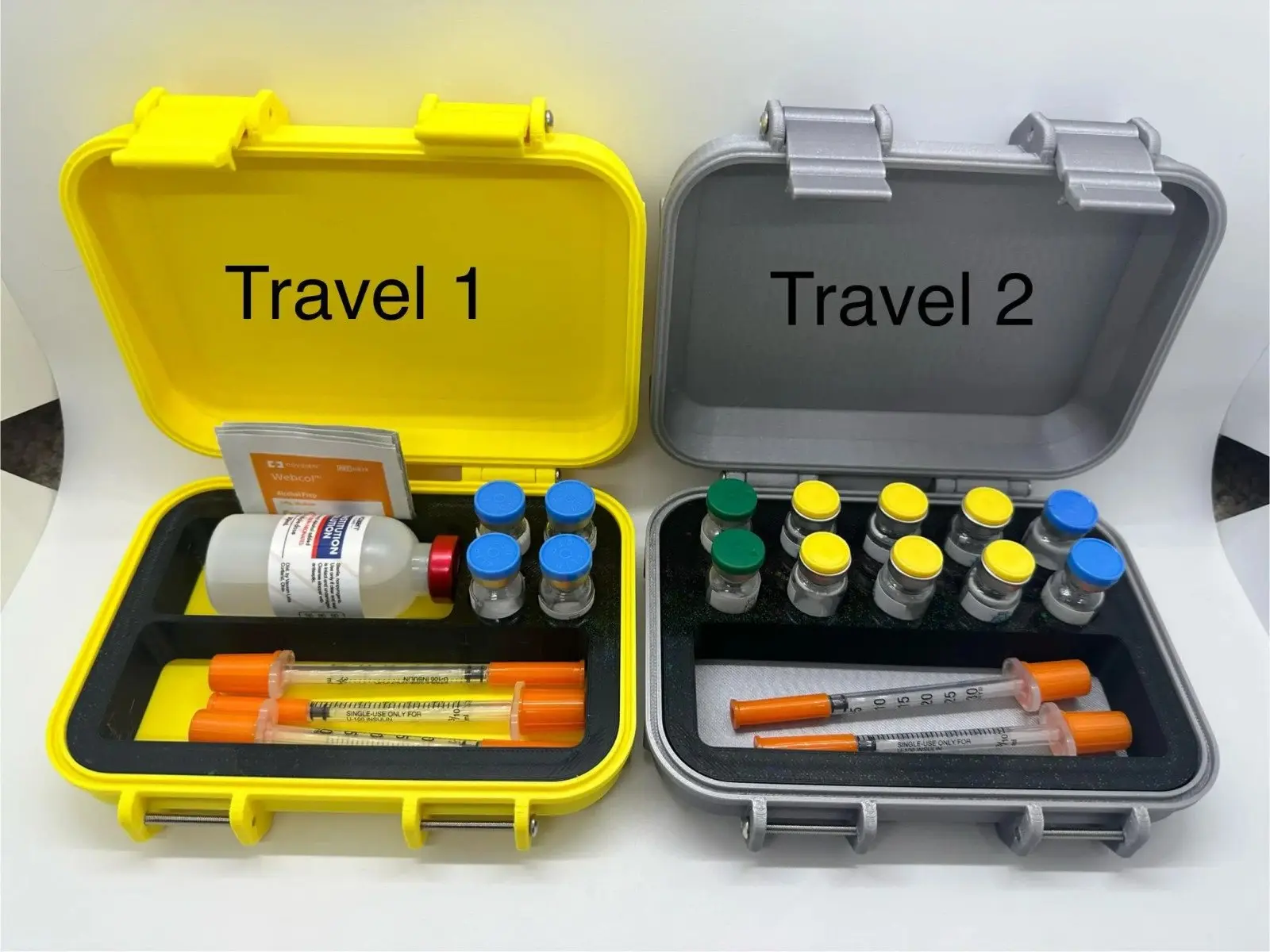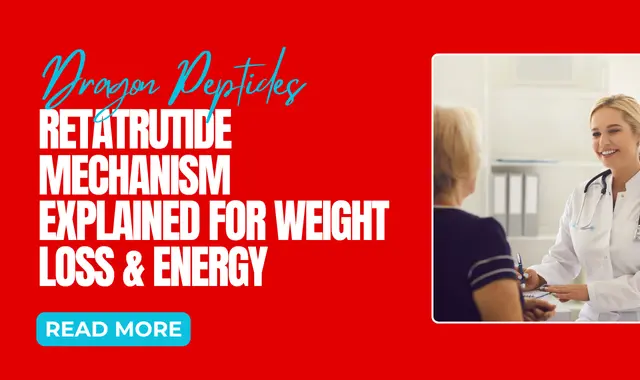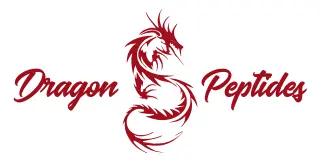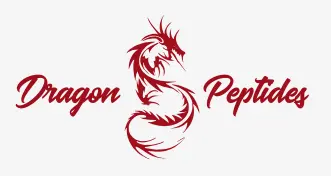Tesamorelin vs Ipamorelin: Understanding the Difference Between These Growth Hormone Peptides

In peptide research, few comparisons draw more attention than tesamorelin vs ipamorelin. Both compounds are of growing interest in studies focused on growth hormone (GH) regulation, cellular regeneration, and metabolic function. Understanding how these two peptides differ — and how they might complement each other — provides valuable insight into ongoing peptide science and laboratory exploration. For researchers seeking the highest quality peptides, this guide provides a complete breakdown.
What Is Tesamorelin?
Tesamorelin is a synthetic analog of Growth Hormone–Releasing Hormone (GHRH). It works by binding to GHRH receptors in the pituitary gland, stimulating the natural release of human growth hormone (GH), which then increases circulating levels of IGF-1 (Insulin-like Growth Factor-1).
Tesamorelin's role in research often focuses on metabolic and lipid regulation. Studies have shown that it can influence protein synthesis, improve energy balance, and reduce visceral adipose tissue — all key factors in metabolic research.
Key Research Highlights of Tesamorelin
- Activates the GHRH receptor to increase natural GH secretion.
- Supports investigations into fat metabolism and lean muscle maintenance.
- Provides a controlled model for studying GH-IGF-1 pathways.
- Demonstrates stability for long-term in-vitro research storage.
What Is Ipamorelin?
Ipamorelin is a selective growth hormone secretagogue (GHS) that targets the ghrelin receptor (GHS-R). Unlike many earlier GHS compounds, it demonstrates high specificity, stimulating GH release without significantly affecting cortisol or prolactin levels — an important distinction in the tesamorelin vs ipamorelin comparison.
Researchers use Ipamorelin in studies focused on tissue regeneration, energy metabolism, and recovery models. It provides a cleaner GH release mechanism, making it ideal for exploring targeted anabolic and regenerative pathways. Learn more about Ipamorelin.
Key Research Highlights of Ipamorelin
- Activates the ghrelin receptor (GHS-R) with high specificity.
- Stimulates GH secretion without altering stress hormones.
- Shows potential roles in cell repair and neuro-endocrine signaling research.
- Suitable for studies on recovery and age-related GH modulation.
Tesamorelin vs Ipamorelin: A Direct Comparison
| Feature | Tesamorelin | Ipamorelin |
|---|---|---|
| Primary Receptor Target | GHRH Receptor (Pituitary) | Ghrelin Receptor (GHS-R) |
| Primary Focus | Metabolism, Lipid Regulation | Regeneration, Recovery |
| Influence on IGF-1 | High | Moderate |
| Impact on Cortisol | Neutral | Minimal |
| Research Stability | High (lyophilized) | High (lyophilized) |
Synergistic Research Potential
Many research teams are exploring how Tesamorelin and Ipamorelin may work together to enhance GH release through dual receptor pathways — GHRH and ghrelin. When used in combination, these peptides may demonstrate complementary effects on metabolism, recovery, and cellular rejuvenation models.
This has led to growing interest in specialized blends such as the Buy Tesamorelin / Ipamorelin peptide blend, designed for controlled laboratory and in-vitro testing.
Safety and Storage Considerations

Both Tesamorelin and Ipamorelin are typically supplied in lyophilized (freeze-dried) powder form for enhanced stability. They should be stored in a cool, dry environment — ideally refrigerated or frozen. Once reconstituted, they must be used promptly and kept under proper laboratory conditions to maintain integrity.
All peptides are intended strictly for research use only and are not approved for human or animal administration.
Possible Side Effects in Experimental Contexts
Early research and preclinical models report low toxicity for both peptides. However, transient changes in hunger, mild irritation at test sites, or metabolic shifts may occur in some studies. Continued investigation is required to determine full safety profiles and optimal concentrations in laboratory environments.
Conclusion: Tesamorelin vs Ipamorelin — Which Is Better for Your Research?
When comparing tesamorelin vs ipamorelin, the decision depends on the intended study focus. Tesamorelin is ideal for metabolic and GH-IGF-1 pathway research, while Ipamorelin excels in recovery, regeneration, and GH-specific studies. For laboratories seeking a comprehensive approach, using both peptides together can provide a balanced model of GH stimulation.
For verified purity and lab-grade reliability, explore our Buy Tesamorelin / Ipamorelin peptide blend page, or visit our home page to discover the highest quality peptides available for advanced research.
Disclaimer: All information provided is for educational and laboratory research purposes only. Tesamorelin and Ipamorelin are not approved for human or veterinary use. Handle only in licensed research facilities under appropriate safety protocols.
Articles

In the world of metabolic health and weight management, new peptide therapies are reshaping what’s possible. One of the latest and most promising breakthroughs is Retatrutide, a next-generation compound designed to help with weight loss, energy improvement, and metabolic balance.

Managing type 2 diabetes effectively requires more than just diet and exercise, it often depends on the right medical approach. In recent years, two breakthrough medications have captured the attention of researchers and patients alike: Tirzepatide and Semaglutide.

Peptides are small chains of amino acids that act as messengers in your body, signaling cells to repair tissue, boost collagen, and reduce inflammation. In the world of fitness, they’re becoming increasingly popular for their ability to speed up recovery and enhance overall performance.
Customer Reviews
Please leave your review on products or service below.
Thank you beforehand.



